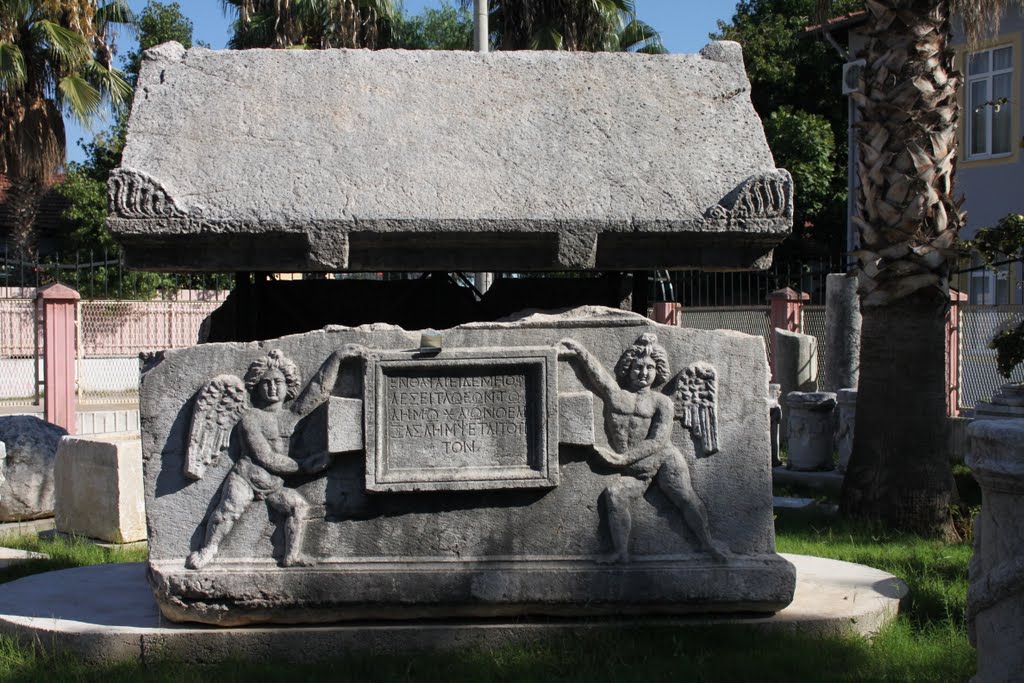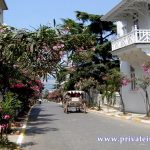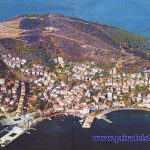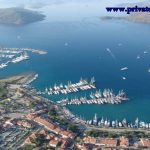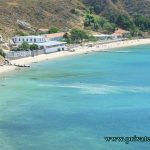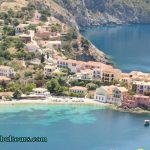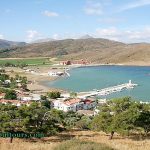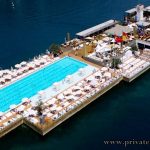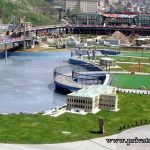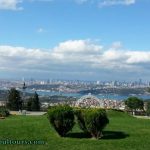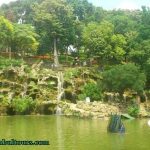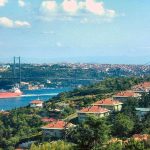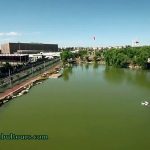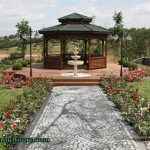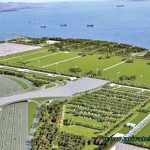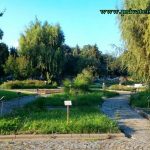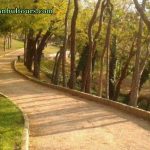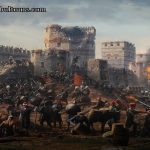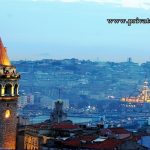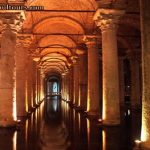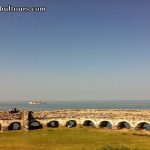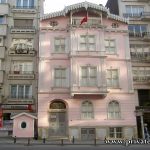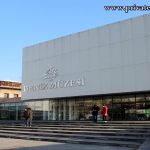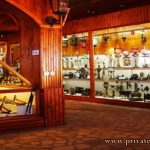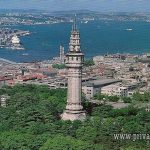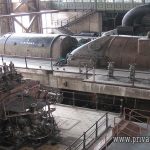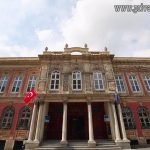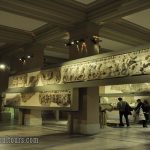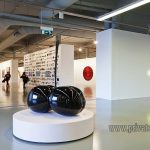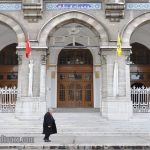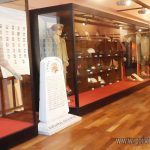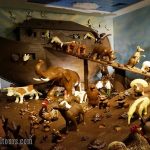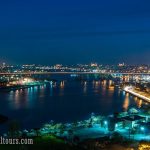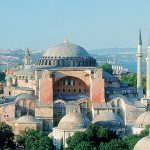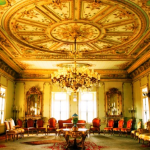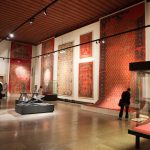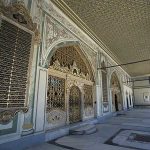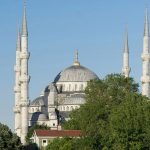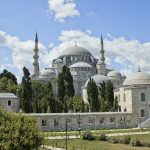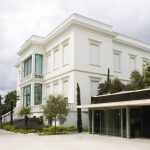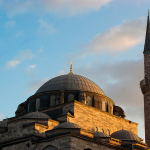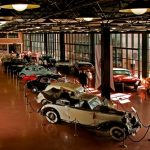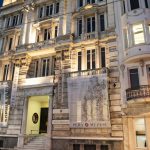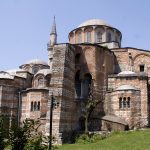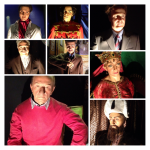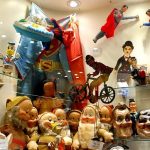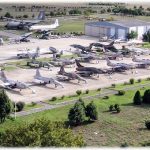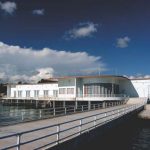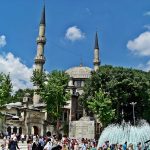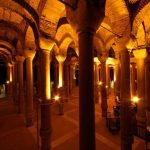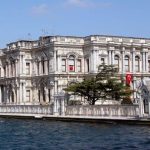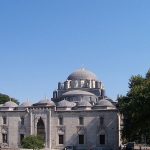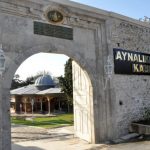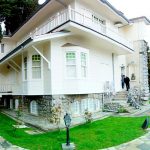The Fethiye Museum is only one of the historical museums in the province of Fatih in Istanbul. The building, which served as the Pammakaristos Monastery Church during the Eastern Roman times, continues to serve as an open museum to the public today. We wanted to give more emphasis to the ski resort writers who prepare for the historical places, the jewelery and the winter season for you with the cooling of the air. In today’s writing, we want to talk about Istanbul Fethiye Museum. If you do not have any plans for the weekend, you can add your plans to Istanbul Fethiye Museum.
The building, which was built between 1292 and 1294, has survived to this day. The first Great Church of the North was dedicated to Mary. Maria, the wife of Mikhail Palailogos, who later built the great church, Maria built a small church on the right side of the northern church. The tombs of Maria and Mikhail are located in the additional church where the tomb chapel is located. The area where the church was located served as a church before the 13th century.
In 1453, after the conquest of Istanbul, the church served as a women’s monastery in the early periods. Since the Christians passed away in 1586, the process of relocation of the patriarch, who came out of the Hawarium Church, took place. After the minaret and the altar were added to the church in Ottoman times, it was converted into a gallery.
III. Murad transformed this place to a place in commemoration of the campaigns of Azerbaijan and Georgia they had organized at that time and changed his name to Fethiye. Like the old churches in our country, this has started to serve as a museum. There is still worship in the mosque section. The mosque, which opened its doors 20 minutes before the reading of the guardian, remains open for a short time during the day so as not to damage its historic texture.
Between 1938 and 1940, the church was restored seriously and turned into an instrument of the Hagia Sophia Museum. The mosaics inside the museum are almost magnified. However, some of them have been destroyed for many years. The structures that were later added to the building, which reflect all the characteristics of the Byzantine architecture as a building, were constructed in such a way as not to disturb the integrity. The museum’s south
There is information about who built the museum on the brick architectural band located on the front and which is very ornate, and poetry belonging to poet Philes.
The dome and walls of the building are adorned with mosaics dating from the 14th century. Since it served as a church in ancient times, it is possible to see motifs of Christian religion in many places. In the altar chamber section of the church, Hz. There is a magnificent change in which Jesus, Mary, and John the Baptist describe it. Hz. Jesus, in the inner part of the 12 Torah is the prophecy, and on the roof of the ceiling are the Stories and Baptism.


